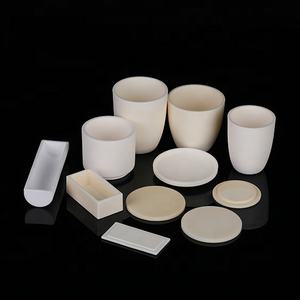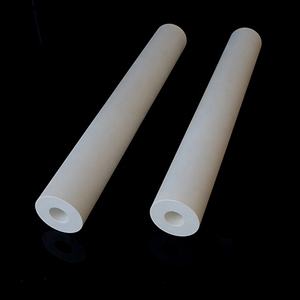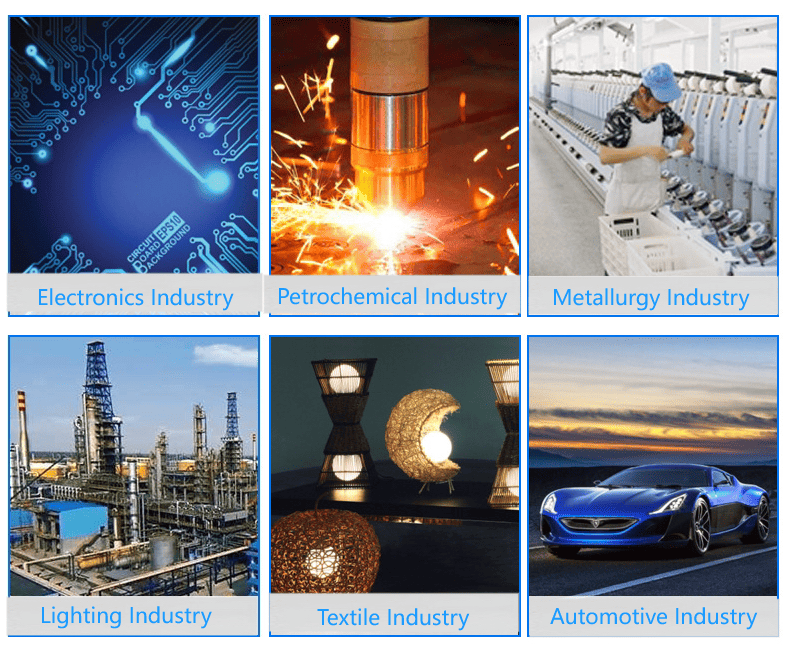Discover Premium Ceramic Products | Durability & Elegance United | Advanced Ceramics
PRODUCT PARAMETERS
Description
Introduction to Alumina Ceramics
Alumina ceramics are known for their high hardness, wear resistance, corrosion resistance, good electrical insulation and high temperature stability. According to the different alumina content, it can be divided into different grades, such as 95 porcelain, 99 porcelain, etc., among which 99 porcelain refers to ceramic materials with an alumina content of 99%. As the alumina content increases, its mechanical strength and electrical insulation properties will also increase accordingly.
Characteristics of Alumina Ceramics
High Hardness: Alumina ceramics have extremely high hardness, which makes it very wear-resistant and suitable for manufacturing abrasive tools and parts that require wear resistance.
Wear resistance: Due to its high hardness, alumina ceramics show excellent wear resistance and are suitable for manufacturing parts for long-term use.
Corrosion resistance: Alumina ceramics have good resistance to most acids and alkalis, making them widely used in the chemical industry.
Good electrical insulation: As an excellent electrical insulating material, alumina ceramics are widely used in electronic and electrical products.
High temperature stability: Ability to withstand extremely high temperatures without significant physical or chemical changes, which makes it an ideal choice for applications in high temperature environments.
Biocompatibility: In the medical field, certain grades of alumina ceramics are used to make medical devices such as artificial joints due to their good biocompatibility.

(95% 99% Alumina Ceramic Parts Alumina Ceramic Substrate)
Specifications of 95% 99% Alumina Ceramic Parts Alumina Ceramic Substrate
Alumina ceramic parts and substratums made from 95% and 99% alumina content serve high-performance applications. These products incorporate toughness, durability, and resistance to extreme problems. The 95% alumina ceramic offers an equilibrium in between expense and efficiency. It functions well in atmospheres requiring excellent mechanical stability and modest thermal resistance. The 99% alumina ceramic gives superior residential properties for even more demanding usages. Its greater purity increases thickness, solidity, and resistance to use and rust.
Both qualities withstand temperature levels approximately 1600 ° C. They preserve architectural stability under fast thermal shifts. This makes them ideal for furnace components, semiconductor handling, and aerospace systems. The low thermal development coefficient lessens deformation under warmth. Chemical inertness guarantees compatibility with acids, alkalis, and solvents. This stops deterioration in severe industrial or laboratory setups.
Electric insulation is a crucial feature. Alumina porcelains block high voltages even at elevated temperature levels. They serve as reliable substrates for electronic circuits, sensors, and insulators. The smooth surface area allows precise printing of conductive pathways. High-frequency signal stability makes them perfect for RF and microwave devices.
Mechanical buildings include high compressive strength and rigidity. 99% alumina stands up to abrasion better than steels or plastics. It lasts longer in pumps, valves, and reducing tools. The product’s solidity minimizes friction in moving components. Custom shapes are possible with machining or molding. Tolerances as limited as ± 0.1 mm satisfy accuracy design demands.
Surface finishes vary from brightened to rough appearances. Sleek alumina reduces friction in seals or bearings. Rough surfaces improve attachment in coatings or bonding applications. Shades differ from white to ivory depending on pureness and additives.
95% alumina matches cost-sensitive jobs needing dependable performance. 99% alumina fits extreme problems where failure is undesirable. Both grades comply with ISO and ASTM criteria for product consistency. Manufacturers examine sets for thickness, porosity, and fracture resistance. Quality checks make certain parts satisfy specifications prior to delivery.
Applications cover electronic devices, auto, medical, and energy sectors. Common usages consist of circuit carriers, laser tubes, use plates, and protecting washing machines. Clinical implants benefit from biocompatibility and sterilization resistance. Custom-made sizes and geometries adjust to distinct style needs.
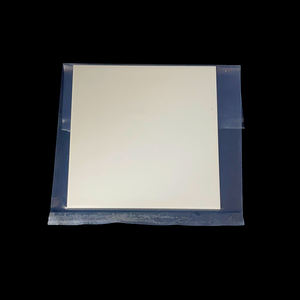
(95% 99% Alumina Ceramic Parts Alumina Ceramic Substrate)
Applications of 95% 99% Alumina Ceramic Parts Alumina Ceramic Substrate
Alumina ceramic parts made from 95% and 99% alumina are widely made use of in markets requiring high performance and dependability. These materials manage severe warm, resist wear, and protect power successfully. Their firmness and chemical security make them suitable for difficult atmospheres.
In electronic devices, alumina ceramic substratums sustain circuit boards and integrated circuits. They handle warmth well, preventing devices from overheating. High-purity 99% alumina prevails right here as a result of much better insulation and thermal conductivity. These substrates are found in LED lights, power components, and semiconductor equipment.
Industrial equipment depends on alumina components for resilience. They line pumps, shutoffs, and seals revealed to abrasive materials or corrosive chemicals. 95% alumina parts supply a balance of stamina and cost for grinding media or reducing tools. They minimize wear in tools, expanding service life.
Clinical devices use alumina porcelains for biocompatibility. They are inert in the body, making them suitable for implants like hip joints or dental components. Surgical tools made from alumina withstand sanitation processes without deteriorating.
Automotive systems gain from alumina parts in sensors and engine elements. They endure high temperatures in exhaust sensing units or ignition systems. Their electrical insulation is critical for ignition system and battery modules in electrical cars.
Energy applications consist of alumina components in photovoltaic panels, fuel cells, and atomic power plants. They protect high-voltage systems and endure radiation. In thermal nuclear power plant, alumina parts deal with severe warmth in turbines or boilers.
These ceramics likewise offer in aerospace for layers and insulators. They shield devices from warm during re-entry or high-speed flight. Study laboratories utilize alumina crucibles for melting steels or examining materials at heats.
Customized sizes and shapes are possible with sophisticated manufacturing techniques. This versatility permits alumina porcelains to satisfy accurate sector needs. Efficiency ranges 95% and 99% qualities, allowing customers select based upon budget plan and application demands.
Company Introduction
Advanced Ceramics founded on October 17, 2014, is a high-tech enterprise committed to the research and development, production, processing, sales and technical services of ceramic relative materials and products.. Since its establishment in 2014, the company has been committed to providing customers with the best products and services, and has become a leader in the industry through continuous technological innovation and strict quality management.
Our products includes but not limited to Silicon carbide ceramic products, Boron Carbide Ceramic Products, Boron Nitride Ceramic Products, Silicon Carbide Ceramic Products, Silicon Nitride Ceramic Products, Zirconium Dioxide Ceramic Products, Quartz Products, etc. Please feel free to contact us.(nanotrun@yahoo.com)
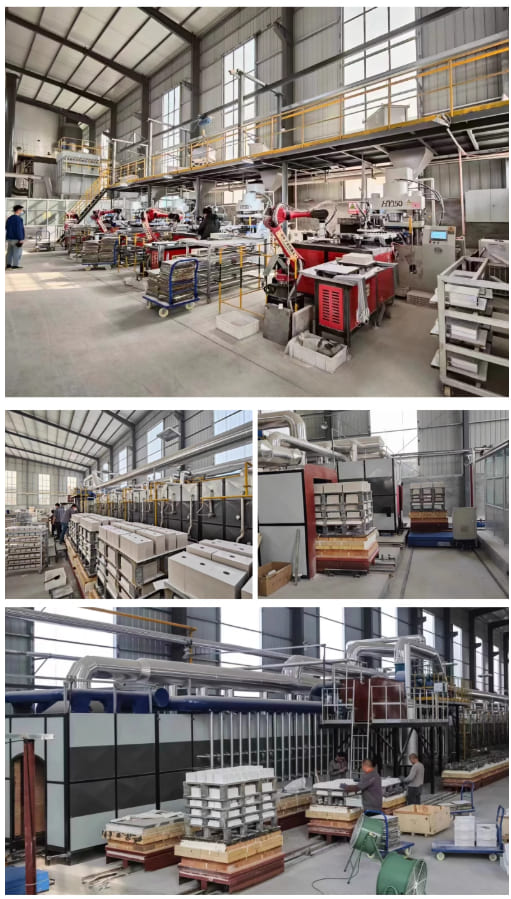
Payment Methods
T/T, Western Union, Paypal, Credit Card etc.
Shipment Methods
By air, by sea, by express, as customers request.
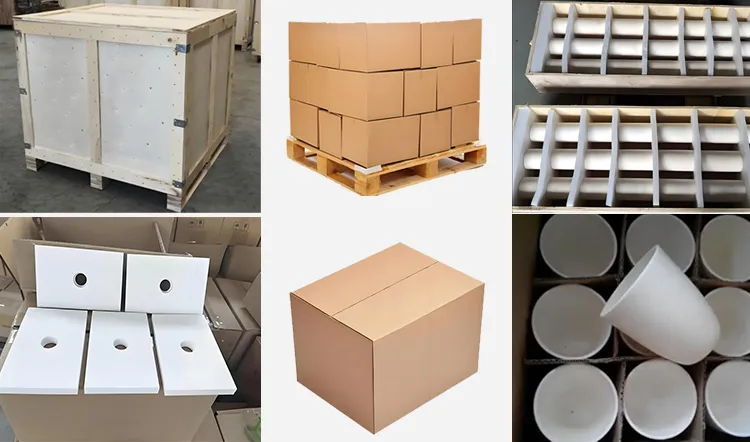
5 FAQs of 95% 99% Alumina Ceramic Parts Alumina Ceramic Substrate
What is the difference between 95% and 99% alumina ceramic parts? The main difference is the aluminum oxide content. 95% alumina parts contain 95% aluminum oxide mixed with other materials. 99% alumina parts have a higher purity. This makes 99% alumina harder, denser, and more resistant to wear. 99% alumina also performs better in extreme heat or harsh chemicals. 95% alumina is cheaper and works well for less demanding applications.
Can alumina ceramic parts withstand high temperatures? Yes. Alumina ceramic handles high heat well. 95% alumina parts work up to 1500°C. 99% alumina parts survive up to 1700°C. They do not melt or crack easily under thermal stress. This makes them ideal for furnaces, engines, or high-temperature sensors.
Are alumina ceramic substrates good for electrical insulation? Yes. Alumina ceramics do not conduct electricity. They have high electrical resistance even at high temperatures. This makes them perfect for insulating electronic components. They are widely used in circuit boards, power electronics, and semiconductor equipment.
How smooth is the surface of alumina ceramic parts? Surface finish depends on the manufacturing process. Standard parts have a slightly rough texture. Precision polishing can create mirror-like surfaces. Smooth surfaces reduce friction and wear in moving parts. Roughness is measured in microns. Most industrial parts use surfaces between 0.2 and 1.6 microns.
How do I clean and maintain alumina ceramic parts? Clean them with mild soap and water. Avoid harsh chemicals or abrasive cleaners. Dry them thoroughly after cleaning. Check for cracks or chips regularly. Replace damaged parts to avoid failure. Store them in a dry place to prevent moisture absorption. Handle them carefully to avoid breaking them.
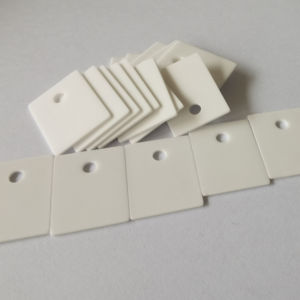
(95% 99% Alumina Ceramic Parts Alumina Ceramic Substrate)
REQUEST A QUOTE
RELATED PRODUCTS
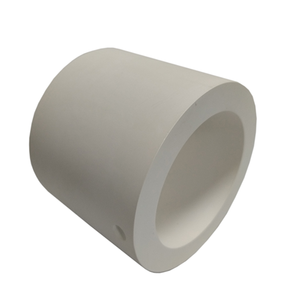
Diameter Size 2mm 19mm 20mm 30mm Grinding Media Alumina Ceramic Balls
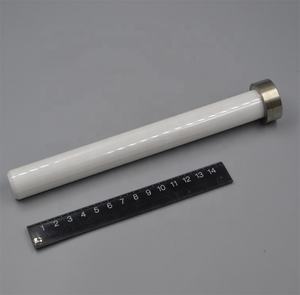
Low-cost Alumina Ceramic Raw Material Powder – Refractory Castable, Spot Whole with Large
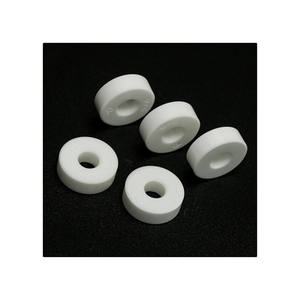
High Quality 96% Aluminum Oxide Substrate Al2O3 Alumina Ceramic Wafer
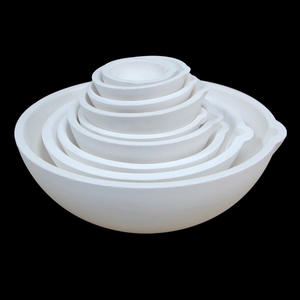
Alumina Ceramic Wafer Parts Mechanical Ceramic Parts Alumina Wafer High Temperature Insulating Ceramics

Laser Scribing 96% 99.6% Aluminum Oxide Substrate Al2O3 Alumina Ceramic Plate
